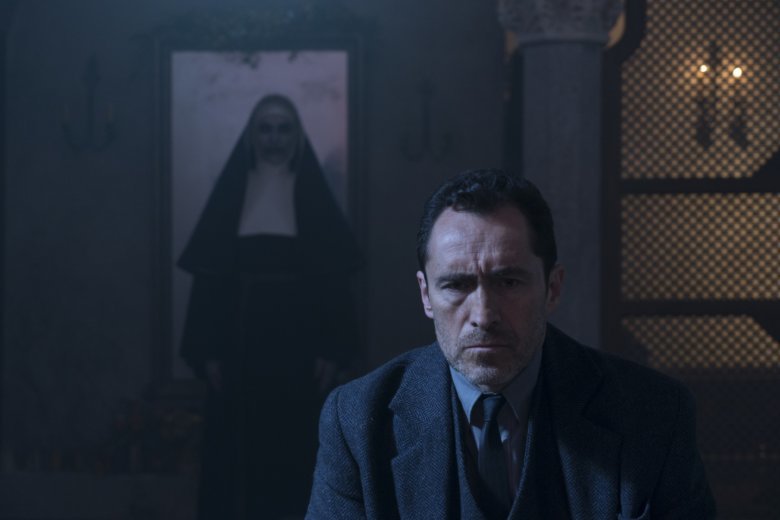Someone unfamiliar with “A Monster Calls,” could dismiss it as the typical fantasy-fiction adventure centered around a child's friendship with a friendly beast. While this is technically true, it is so much more than that. “A Monster Calls” separates itself from the rest by instilling its fantastical story with a commitment to realism and emotional complexity. The film weaves its superb screenwriting and acting to create a cathartic story about coming to terms with grief.
The film revolves around young teenager Conor O’Malley, played by actor Lewis MacDougall. Every night, Conor is terrorized by a recurring nightmare in which he is desperately trying to grasp his mother’s hand as she slips away into a gaping hole in the earth. His waking reality is no less filled with anguish. His mother’s health is rapidly deteriorating from cancer and he is constantly under pressure from his uptight and domineering grandmother.
At school, Conor is either seen as a pity case by his teachers and peers or is used as a punching bag by bullies. Loneliness and impending tragedy loom over his everyday life, until one night Conor is awoken by the call of an elemental tree monster, voiced by Liam Neeson, who reaches into Conor’s room and pulls him out of bed. The Monster tells Conor that he will tell him three fables and in exchange, Conor must tell him one. It cannot be just any story, it has to be the story that contains his truth, otherwise, he will be eaten alive.
Lying at the heart of this film is its refined and impactful script. Patrick Ness, who also wrote the book, has proven to be an apt screenwriter. He uses understated dialogue as well as silence to convey big emotion through subtext. Ness allows us to understand Conor’s feelings by showing us the root cause of it first and then bolstering it with his alternatively cagey and explosive reactions towards characters that don’t understand the subtext of his words.
In many scenes, powerful emotions are conveyed simply by glances and stares. Moments such as Conor masochistically goading his bully or the frightful glances from his classmates provide more emotional substance than any words could have.
Aiding the script is the terrific performance by Lewis MacDougall who expresses the character’s frustration and melancholy with a passionate seriousness. MacDougall is at times shaking with terror and at other times exploding with blind rage. He also performs the subtler scenes with incredibly expressive emotions.
For the most part, Juan Antonio Bayona’s directing underscores the realism of the film. Bayona uses handheld camera movements and inconspicuous shots from Conor’s point of view that allow us into the reality of the characters. Nevertheless, Bayona too often takes us out of the character’s drama by using some of the more typical Hollywood ‘glamor shots.’ There are also moments where Bayona attempts to milk the tear-jerking moments to the point where they feel somewhat manufactured.
In all, “A Monster Calls” is a refreshing thematic divergence from the standard Computer Generated Imagery (CGI) fantasy flick. The film uses its high-tech bells and whistles to further character development and not the other way around. On paper, the movie might seem overbearing, but this could not be further from the truth. The film leaves the viewer with a feeling of catharsis more than anything else. Sometimes it takes a giant CGI monster to confront real problems.













